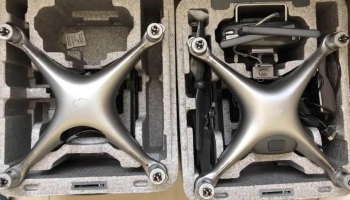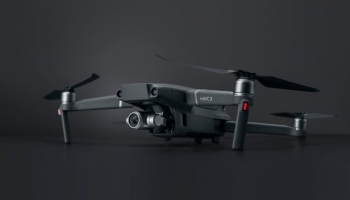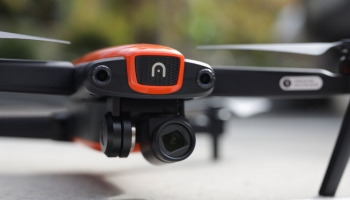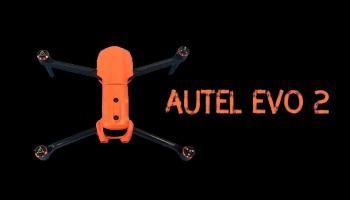If you have paid attention to the news recently, the Federal Aviation Administration recently proposed Remote ID as an ongoing effort to expand its drone regulatory framework. This proposal focuses on implementing a broadcasting device on the next generation of drones so that public agencies like law enforcement and government buildings can benefit from this by monitoring within their jurisdiction. Businesses that are already rolling out drone delivery systems also will benefit from the implementation of Remote ID.
It is a step toward building a safer sky as drones’ popularity have recently exploded last week and we are seeing a higher influx of quadcopter soaring in the skies. Which prompts the need to push for implementing Remote ID to ensure safe skies and keeping the regulations in check.
Alliance for Drone Innovation voiced that they have supported the implementation of Remote ID. Such as introducing a Remote ID will not cost drone pilots extra fees at all. Merely it is to provide the public agencies tools to monitor and prevent unauthorized drone flights in sensitive areas such as airports and prisons.
However, the introduction of Remote ID also has huge benefits for businesses that are rolling out drone delivery systems. Tech behemoths such as Amazon and Google that are already trialing drone deliveries will benefit from integrating Remote ID onto their quadcopters.
As FAA proposed Remote ID regulatory will smoothen out the bumps concerning safety and privacy. Businesses will be able to keep their drones in check throughout the flight sessions. Public agencies that have monitoring systems installed will also be able to identify the drone to determine whether it is authorized, provided with the drone’s location and remote pilot’s location.
The creation of Remote ID has a huge market potential that is estimated to be worth approximately $1.25 billion business. Among these players are Kitty Hawk and Precision Hawk that builds their platform based on AI technologies for drones.
The remote ID works by broadcasting Wi-Fi signals to a nearby monitoring system if the drone is within a 400-foot radius. The monitoring system then acquires the ingratiation of the drone identification code as well as the remote pilot’s location. However, if the drone is flying more than 400 foot-radius, then it will utilize the broadcasting system to transmit radio frequency over long distances that can be also picked up.
This is particularly critical for drone delivery businesses as they typically fly higher than 400 feet above the ground. Businesses like Amazon and Google will be able to benefit from Remote ID by providing safer drone deliveries at the same time maximizing speed and satisfying customers after making the order.
What do you think of FAA’s proposed Remote ID rule-making? Is it in the right direction and do you think it will benefit all of the drone pilots as a whole? Share your thoughts and comments by dropping a line in the comments section below. Happy flying and fly smart!







